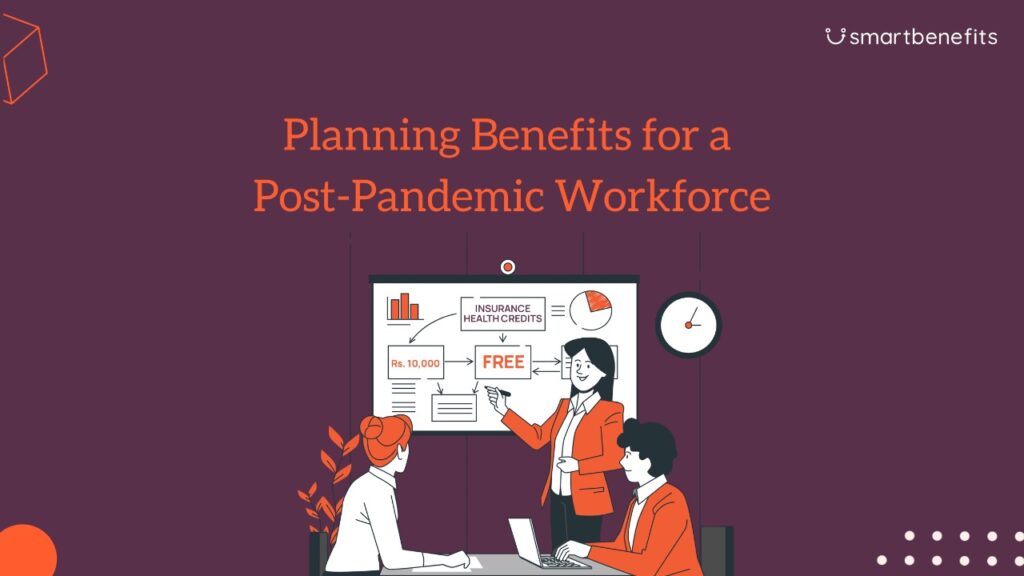Rethinking Retirement Benefits in Pakistan
When it comes to employee benefits in Pakistan, the Provident Fund (PF) has long been the gold standard. It’s simple, predictable, and gives employees a sense of long-term financial security. But as the workplace changes and employees seek more control over their financial futures, relying only on a provident fund may not be enough.
This is where the Voluntary Pension Scheme (VPS) comes in. Regulated by the Securities and Exchange Commission of Pakistan (SECP), VPS allows employees to build additional retirement savings with flexibility and tax advantages. For ambitious employers, offering a VPS program alongside provident funds is becoming an increasingly powerful way to enhance benefits packages, strengthen employee loyalty, and attract top talent.
Provident Fund: A Trusted but Limited Option
Most companies in Pakistan already offer a provident fund as part of their employee benefits. It works on a straightforward model:
- Both the employer and employee contribute a fixed percentage of salary.
- The accumulated savings, plus interest, are paid out as a lump sum when the employee retires, resigns, or reaches a certain milestone.
While effective, provident funds have limitations:
- Rigid contributions – Employees cannot increase savings beyond the defined rate.
- Lump-sum withdrawals – The one-time payout often gets spent quickly, leaving employees with little long-term income security.
- No investment choice – Employees have no control over how their savings are invested.
In today’s environment, where employees expect flexibility, financial literacy, and better retirement options, provident funds are no longer sufficient on their own.
What is a Voluntary Pension Scheme (VPS)?
A Voluntary Pension Scheme is a retirement savings plan introduced by SECP to encourage long-term retirement planning. Unlike the provident fund, VPS is optional and allows flexible contributions from employees—and in some cases, employers.
Core features of VPS include:
- Flexible savings levels – Employees can contribute any amount, not just a fixed percentage.
- Investment choice – Funds are managed by professional asset management companies (AMCs), giving employees the option to invest in equity, debt, or balanced portfolios based on risk appetite.
- Tax incentives – Contributions to VPS are eligible for income tax credits, increasing take-home value for employees.
- Structured payouts – Instead of only lump-sum withdrawals, VPS allows retirees to receive periodic income streams, ensuring long-term financial stability.
Why VPS Should Supplement Provident Funds
Instead of replacing provident funds, VPS works best as a complementary benefit. Here’s why:
1. Strengthening Retirement Security
Provident funds provide a base, but VPS ensures employees have sustainable retirement income that lasts throughout their non-working years. This dual system reduces the risk of post-retirement financial distress.
2. Boosting Talent Retention and Attraction
Employees—especially younger, financially aware professionals—value employers who think about their future well-being, not just current salaries. Offering VPS alongside provident funds strengthens your employer brand and helps attract and retain top talent in competitive markets.
3. Tax Advantages for Both Employers and Employees
Employees benefit from tax credits on contributions, while employers who co-contribute can claim deductions as a business expense. This makes VPS a cost-effective benefit option.
4. Flexibility for Different Income Levels
Not every employee can save at the same rate. VPS allows workers to set aside amounts suited to their capacity, empowering both junior staff and senior executives to plan effectively.
5. Alignment with Global Standards
Globally, retirement systems rely on a multi-layered model: a mix of mandatory savings, voluntary pensions, and social security. By introducing VPS, Pakistani businesses align themselves with international best practices in employee benefits.
Implementation Insights for Employers and Payroll Managers
Before rolling out VPS, businesses should keep a few practical considerations in mind:
1. Employee Awareness Campaigns
Most employees in Pakistan have limited knowledge of VPS. HR should organize orientation sessions, FAQs, and workshops to explain benefits, tax credits, and investment choices.
2. Smooth Payroll Integration
Payroll managers need to integrate VPS contributions into existing systems for automatic deductions and accurate record-keeping.
3. Contribution Policies
Employers can decide whether to make VPS entirely employee-driven or offer a matching contribution to boost participation. Even small employer matches can significantly improve uptake.
4. Selecting the Right AMC
Partner with reputable asset management companies that offer strong fund performance, transparency, digital tools, and reliable customer support.
5. Regulatory Compliance
VPS is SECP-regulated, so ensure proper documentation and compliance with reporting requirements. Payroll and benefits managers must stay aligned with evolving regulations.
Example: How VPS Adds Value in Practice
Imagine a medium-sized manufacturing company in Lahore that already offers provident fund benefits. Employees often express concern about post-retirement financial security, especially as inflation erodes savings.
The company introduces VPS as a supplement:
- Employees voluntarily set aside 5–10% of their income each month.
- The company matches 50% of employee contributions up to a set limit.
- Funds are invested by a top AMC, giving employees a choice of conservative or growth-oriented portfolios.
- Employees benefit from tax credits, effectively increasing disposable income.
Within a year, employee satisfaction surveys show improved engagement and loyalty. The company also gains a stronger reputation in the job market.
VPS in the Broader Benefits Landscape
In Pakistan, companies usually prioritize health insurance and provident funds as core benefits. By introducing VPS, employers provide a well-rounded package that addresses both immediate health needs and long-term financial well-being.
For deeper insights, you can explore the different investment options available for both individuals and organizations in Provident Fund Investment Options in Pakistan
Similarly, to understand how the provident fund works as the foundation of employee retirement savings, see Understanding the Benefits of a Provident Fund: A Guide for Pakistani Employees.
Together, these resources reinforce the case for a layered retirement strategy where VPS complements provident funds.
Final Thoughts: Building Future-Ready Benefits
The future of employee benefits in Pakistan is moving beyond salary and basic perks. Employees want financial empowerment and long-term security. A Voluntary Pension Scheme, when offered as a supplement to provident funds, creates exactly that.
For employers, VPS is more than a financial tool—it’s a strategic investment in talent retention, loyalty, and competitiveness. For employees, it provides the confidence that their retirement years will be financially stable and dignified.
Payroll managers and HR leaders who adopt VPS today are setting their organizations apart as progressive, employee-first employers. By combining provident funds with voluntary pension schemes, companies can build a benefits structure that is not only compliant but also future-ready.

Sadia Zaheer holds a Masters in Business Administration from IBA, Karachi. After working in several financial institutions in Client Management, Corporate Lending, Islamic Banking and Product Management she jumped careers to pursue a career in writing.
She is a Finance, Business and HR Development writer with four years of experience. She reads a lot and takes care of her multiple cats to remain calm.




